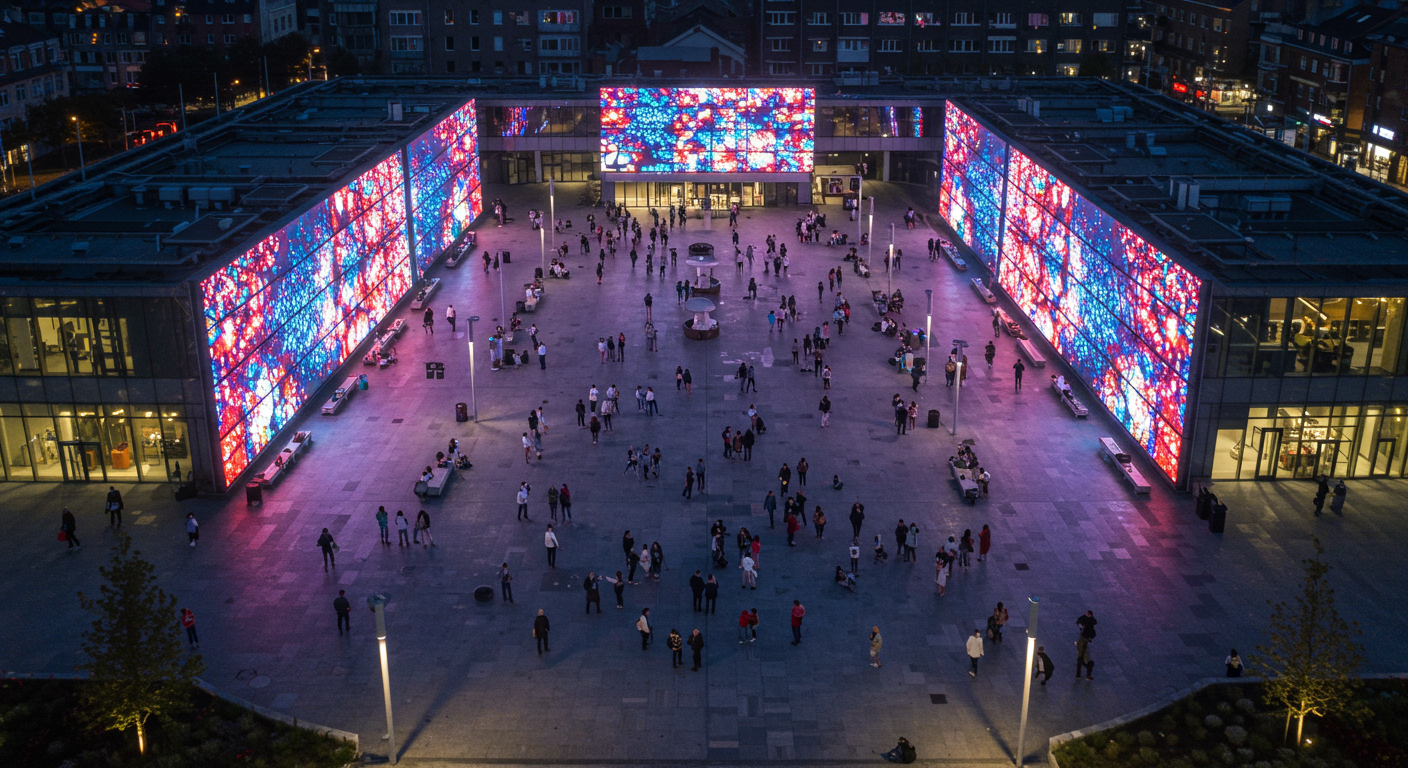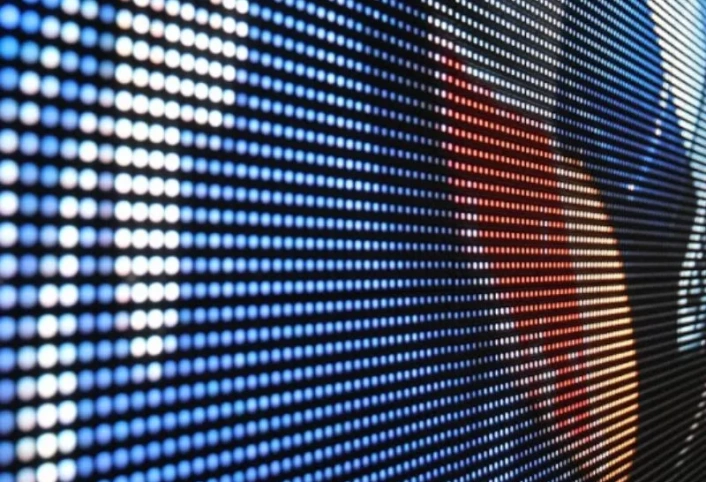It began subtly — a flicker in a shopping mall, a glow on a city skyscraper, a shimmer underfoot in an airport terminal. No grand announcement, no manifesto. Just light, intelligently arranged, quietly transforming how we experience the world around us. LED screens didn’t storm the gates of architecture or advertising; they seeped into the cracks of our daily environments, redefining walls, floors, and facades not as static structures but as dynamic canvases. In Dubai, where ambition meets innovation, this transformation feels almost natural. The city that built islands in the sea and towers that kiss the clouds was always destined to wear its stories on its surfaces. But this isn’t just about spectacle. It’s about communication that doesn’t shout but whispers with precision. A transparent LED panel in a boutique doesn’t scream “SALE”; it lets the product breathe while wrapping it in context. A media facade on a corporate building doesn’t blare logos; it tells the story of the company’s values through abstract motion and color. Even the humble floor screen in a museum doesn’t instruct — it invites. It pulls children into crouching positions, tracing digital fish with their fingers, turning passive viewers into active participants. What makes this revolution silent is its seamlessness. The technology disappears into the environment, leaving only the message, the emotion, the experience. No wires dangle conspicuously. No projectors hum in the background. Just pure, clean light — programmable, responsive, alive. And as cities grow denser and attention spans grow shorter, this silent language of light becomes not a luxury, but a necessity. It’s how museums compete with TikTok. How retail stores compete with Amazon. How corporate lobbies compete with Zoom fatigue. The screen is no longer a rectangle you stare at — it’s the space you walk through, the surface you touch, the air you breathe. And in that quiet transformation, everything changes.





